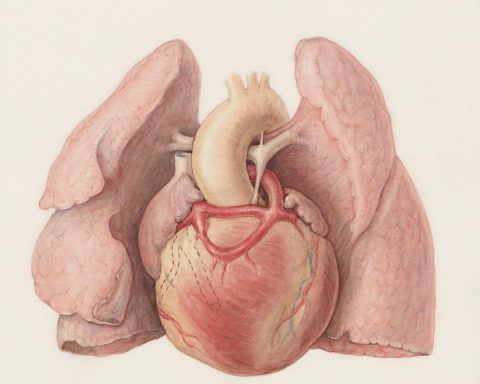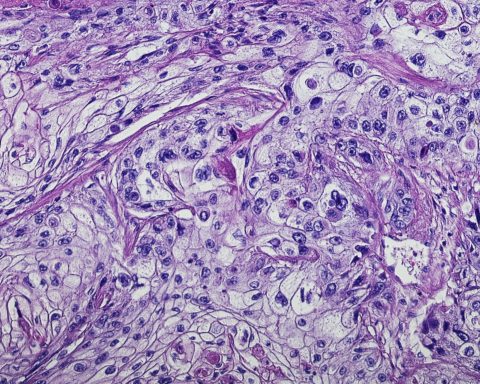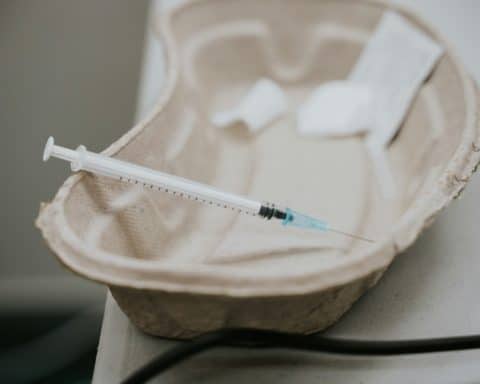 These are the top 10 most read research articles based on full text downloads from bjgp.org.
These are the top 10 most read research articles based on full text downloads from bjgp.org.
1. Child obesity cut-offs as derived from parental perceptions: cross-sectional questionnaire.
http://bjgp.org/content/65/633/e234
Parental perceptions and clinical definitions of child obesity are known to diverge; however, the extent of the discrepancy has not been documented. This study characterises parental classifications of obesity and identifies sociodemographic characteristics that predict misclassification. Also, BMI centile cut-offs for weight status are established as derived from parental perceptions.
2. Does mindfulness improve outcomes in patients with chronic pain? Systematic review and meta-analysis.
http://bjgp.org/content/65/635/e387.full
This current review looks at management of non-malignant chronic pain as a whole, includes only randomised controlled trials, and uniquely focuses on humanistic outcomes such as pain acceptance and perceived pain control. These are of particular relevance with this self-help technique, as well as clinical and economic outcomes.
3. Help seeking for cancer ‘alarm’ symptoms: a qualitative interview study of primary care patients in the UK.
http://bjgp.org/content/65/631/e96.full
The Model of Pathways to Treatment highlights the importance of understanding patient appraisal and decision-to-consult processes for improving earlier diagnosis. Little is known about how people make decisions about visiting their GP for potential cancer symptoms in everyday life, without a researcher-imposed cancer perspective. This is the first qualitative, community-based study to assess how people respond to cancer ‘alarm’ symptoms outside of the cancer context. The results not only highlighted the importance of people’s interpretations of symptoms, but also their sense that they had to limit their demands for GP advice, both to preserve their self-image and to avoid uncomfortable interactions with the GP if they were seen as time wasters. The findings highlight potential avenues to promote prompt help seeking.
4. Simplified sleep restriction for insomnia in general practice: a randomised controlled trial.
http://bjgp.org/content/65/637/e508.full
Insomnia is a common health problem seen in general practice. Cognitive behavioural therapy for insomnia (CBT-I) is effective but its use has been limited by the time and expense required for delivery. Sleep restriction, or restricting the time in bed, is one component of CBT-I. This trial found that simplified sleep restriction advice, delivered in two GP consultations, is a practical, effective intervention for chronic primary insomnia.
5. Cannabis, tobacco smoking, and lung function: a cross-sectional observational study in a general practice population.
http://bjgp.org/content/65/631/e89.full
Cannabis smoking is associated with increased respiratory symptoms, but evidence of adverse effects on lung function is sparse. This study provides the first UK data on the impact of cannabis smoking on the prevalence of respiratory symptoms and chronic obstructive pulmonary disease in a general practice population. Although many adverse effects appeared attributable to tobacco, evidence of some additional adverse effects of cannabis was found.
6. Physician associates and GPs in primary care: a comparison.
http://bjgp.org/content/65/634/e344.full
Physician associates (previously known as physician assistants) are a new professional group in UK general practice, and evidence is required on their outcomes and costs. For patients attending for same-day or urgent appointments, PAs attended a younger patient group who present with less medically acute problems and fewer long-term conditions, compared to those attended by GPs. After adjusting for case-mix, there was no difference between PA and GP consultations in the rate of investigations, referral to secondary care, prescriptions issued, or the rate of patient re-consultation for the same or a closely related problem within 14 days. Patients report high levels of satisfaction with PA and GP consultations. The average PA consultation was longer than with a GP, although costs per consultation with a PA were lower.
7. Reduction in self-monitoring of blood glucose in type 2 diabetes: an observational controlled study in east London.
http://bjgp.org/content/65/633/e256.full
In many people who have type 2 diabetes but are not treated with insulin, self-monitoring of blood glucose (SMBG) is an often unnecessary task that confers no benefit, while being at very high, and increasing, cost. This is the first study to describe a systematic and major reduction in unnecessary use of SMBG. In people on metformin or no treatment, SMBG use was reduced from 29.6% to 6.0%; in all non-insulin users the rate fell from 42.8% to 16.5%. If replicated nationally, this would avoid unnecessary testing in 340 000 people and save £21.8 million that is currently spent on diabetes prescribing.
8. Patients’ online access to their electronic health records and linked online services: a systematic review in primary care.
http://bjgp.org/content/65/632/e141
Online services have been successfully piloted by large American organisations (such as Kaiser Permanente) but this success has not been replicated in the UK. This study found that patient satisfaction improved through enabling better self-care. Clinicians had concerns about the additional burden and workload from online access but evidence found their fears were only partly realised. There is a lack of good quality research in these areas in the UK; especially research that measures impact (such as health outcomes).
9. Patient information materials in general practices and promotion of health literacy: an observational study of their effectiveness.
http://bjgp.org/content/65/632/e192.full
Patient information leaflets (PILs) provide information to patients to encourage participation in their health care. Research evidence has variously concluded that PILs do affect patient health outcomes, but that many are poorly written. This study shows that less than 25% of PILs in general practice meet recommended reading-level guidance, and that most would be too complex for 43% of the English population. Less than 10% of the PILs covered managing illness or health promotion.
10. Provision of medical student teaching in UK general practices: a cross-sectional questionnaire study.
http://bjgp.org/content/65/635/e409.full
Demand for GP care is rapidly increasing, but the supply of GPs is problematic. Currently, the number of GPs going into training is also problematic. Plans to expand GP training to 50% of medical graduates have been proposed. Teaching medical students in general practice increases the probability that they will opt for a career in general practice and so appropriate undergraduate experience will be important for workforce planning. Since the late 1960s GP teaching of medical students has increased to occupy 13% of the clinical teaching in UK medical schools. This study suggests that this growth has stopped, and may be in decline. Effective financial mechanisms may help to alleviate this, but central intervention may be required to deliver it.







